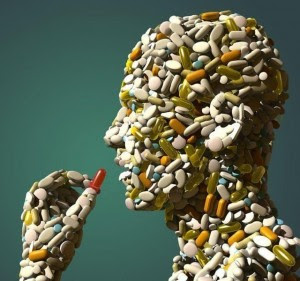WHAT ARE SULPHONAMIDES?
Sulphonamides are synthetic antimicrobial agents (sometimes called sulpha drugs). Some sulphonamides are devoid of antibacterial activity. It is important to make a distinction between sulpha drugs and other sulphur- containing drugs and additives such as sulphate, which are chemically unrelated to the sulphonamide group and hence, do not cause the same hypersensitivity reactions seen in sulphonamides.
Examples of Sulphonamides include:
- Sulphamethoxazole (found in Septrin, Primpex, Bactrim, Emtrim)
- Sulphadoxine (found in Fansidar, Laridox, Maldox, Amalar)
- Sulphadiazine (Dermazin)
- Sulphacetamide
- Sulphonyureas
- Chlorpropamide
- Glipizide
- Gliclazide
- Glibenclamide
SIDE EFFECTS OF SULPHONAMIDES
The most common hypersensitivity reactions to sulpha drugs are rash and hives. However, there are several life-threatening manifestations of hypersensitivity to sulpha drugs including Stevens-Johnson syndrome (in which people get blisters around the mouth, eyes or anus), toxic epidermal necrolysis, agranulocytosis, hemolytic anemia, thrombocytopenia.
WHAT SHOULD I DO?
If you have to take non-prescription medications, read the label and package ingredients carefully. Tell your doctor or pharmacist if you have ever had any unusual or allergic reaction to medicines in this group or other medicines.
Reference: Wikipedia












